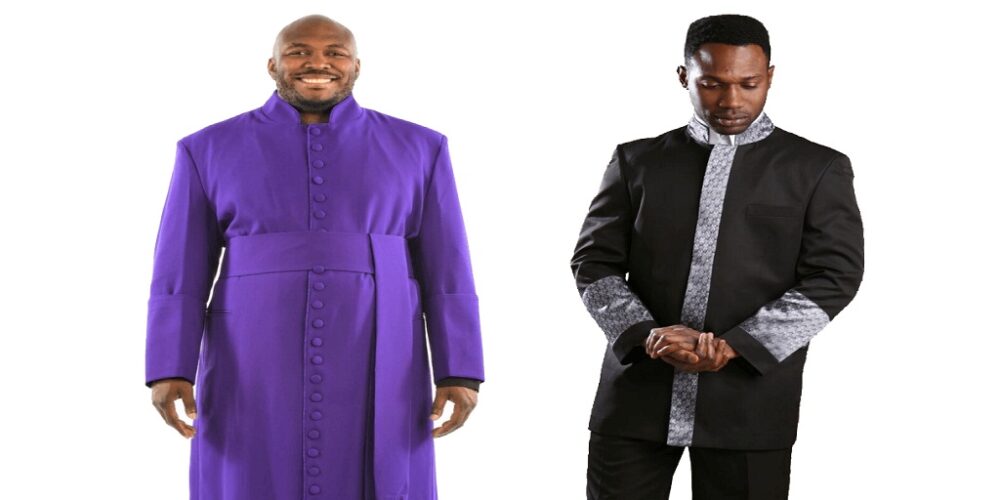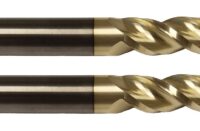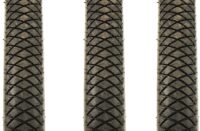Prior to modern times, stringent and regulated norms were utilized to keep clergy members in check. Because of their attire, priests and friars were clearly identifiable. As well as being able to identify a man of church’s religious order only by looking at the sort of clothing they were wearing, it was also easy to know by their hairstyle, whether they were wearing an alb or not, and other such details of their attire.
These regulations have evolved over the years. As spiritual mentors, priests nowadays must be able to go about easily in order to aid and encourage the faithful in more practical and worldly ways. As a result of this, the priest must continue to show his devotion to the Church and God via his priest garments and demeanor, and to some extent symbolize God’s presence in the world.
Wearing priest garments is a method for them and others to be reminded of their responsibilities and spiritual proximity to Jesus at that time. Meeting with a man of the Church has a significant social and psychological influence, as it is as if he has brought a living testimony of God into the room with them.
Clerical Clothing History
Many clergy people wear distinctive robes and blouses that allow them to be clearly identified by members of the community. You wouldn’t be too far wrong if you thought their wardrobe reflected who they are and how they wanted to be perceived. For the most part, this is done so that churchgoers may quickly identify their place in the community and have a sense of where they fit in.
Because of the appearance and presentation of all those layers and flowing robes, priests’ garments may appear to be over-the-top at first glance. It’s astonishing how comfy they are, regardless of the weather circumstances. These garments may be worn all year round since the cloth used to make them is both lightweight and sturdy.
Linen, polyester, and cotton are common materials for clergy attire. You may want to investigate any of these materials if you’re in the market for one. Keeping your clerical uniforms in good condition and preserving their original appearance means knowing how to take care of them properly.
Formality and Colors of the Service
As a rule, priests of the Catholic Church wear black for non-liturgical and ceremonial occasions. Priests use black shirts as their main apparel, making it the most easily recognizable color of clerical clothing. For everyday wear and in public, black shirts and cassocks are preferred. Members of the clergy wear shirts and cassocks that are predominantly black.
It is common for priests and church officials in several religions to refrain from wearing black vestments during funerals or other events or holidays that are associated with death. Younger clergy members, on the other hand, are more at ease with wearing black on any given day. There is, after all, no one-size-fits-all rule concerning whether or not black vestments are acceptable for a given situation.
Weddings, funerals, baptisms, and religious holidays are among occasions where white shirts are appropriate attire for clergy. It is customary to wear a white shirt under a ceremonial robe, but not in public. There are fewer clergymen who wear a shirt of this color with a different color collar for each season or kind of function.
It is customary for Bishops or senior Bishops to wear purple to indicate their rank in the church. Reparatory services are also performed in Roman Purple. A Bishop’s red or maroon robe can also designate a Cardinal, but Cardinals are more likely to wear maroon as a sign of their elevated status.
If you’re looking for priest garments while keeping up with the times, head over to Divinity Clergy Wear where various clerical garments are available at an affordable price.
For more information about Preacher Robes Please visit: Divinity Clergy Wear.












